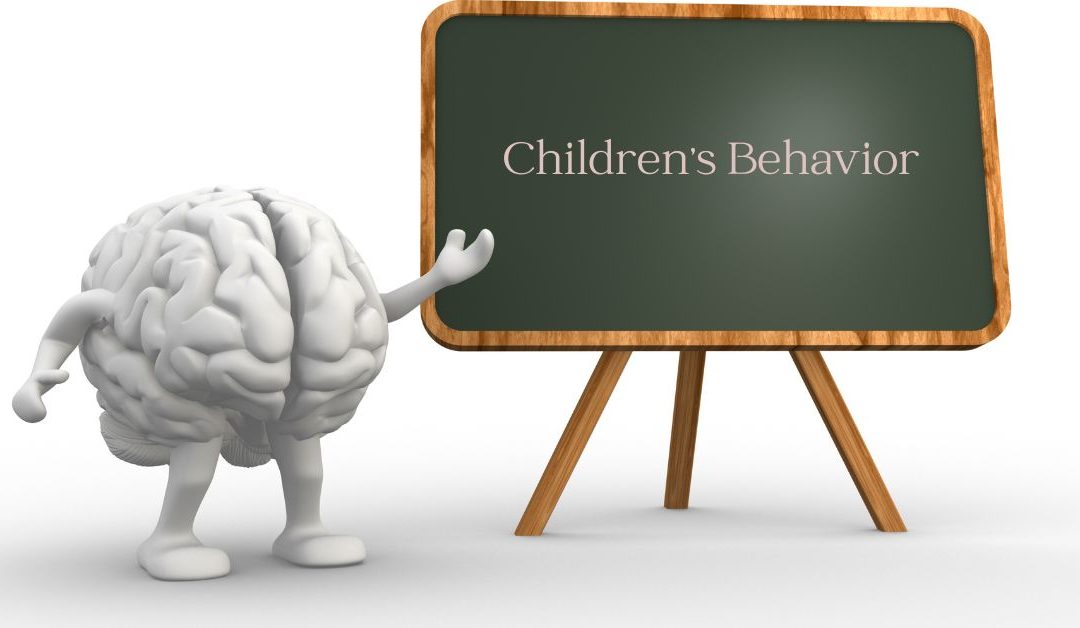Teachers: want to work smarter not harder? Then you need to teach with the “brain in mind.” Once you have a working knowledge of the brain, you may begin to shift the way you teach and this, in turn, shifts the way children behave.
In this training, Laura explores how the brain’s development, in particular its operating systems and settings, impact children’s behavior. Participants will learn how the brain reacts versus responds to input from one of three settings or zones: green, red, or blue and how this information can help the adult see the child behind the behavior.
When the brain operates from the “Red Zone” or the “Blue Zone,” a person reacts without thinking, an adaptation designed to keep humans safe. This setting is activated by a downstairs brain high jacking, over riding the upstairs brain’s ability to process the information. For example, when you see a black, thin form stretched out on a trail you are walking, you typically jump back without thinking about it. The downstairs brain signaled danger and you reacted from the “Red Zone”. Later you may realize that the black object was a snake, but your brain erred on the side of keeping you safe first, learning later. Or, did you ever find yourself so overwhelmed that you just freeze or withdrawal? You may literally retreat from a conflict or shut down/give up without planning to do so. This is a reaction from the “Blue Zone,” the brain’s adaptation to highly overwhelming stress in the face of helplessness. Your brain takes a dorsal dive without thinking, it just reacts to what it detects as a threat. Both children and adults!
The reactive settings of the “Blue and Red Zone” are designed to keep us safe, but the brain may interpret the information wrong sometimes, detecting a signal of danger or threat where there is none. For children’s under developed brains, the reactive setting is the most highly developed. Their downstairs brains frequently react without the upstairs getting involved and they may either fight, flee, freeze, or faint (collapse, shut down). These are all reactions from the “Red and Blue Zones.”
When the brain is operating from the “Green Zone,” the brain responds (versus reacts) from a fully integrated state. Meaning, both the downstairs and the upstairs are differentiated and linked. Children and adults use reason, planning, emotional balance and thoughtfulness to consider appropriate ways to get their needs met. As adults, we often think of this as putting a pause between stimulus and response: for both children and adults alike.
In this training, educators will learn what practices keep both children and themselves in the “Green” while also learning to identify and respond to “Red” and “Blue Zone” behaviors from the “Green Zone”. With such knowledge and strategies adults remain emotionally balanced, attuning to the child, seeing the child behind the behavior as the first step toward teaching with the brain in mind.
This training can be done in a series for deeper learning or as a stand alone training for educators of preschool through elementary school-age children.
Listen to Laura discussing more about this topic on Pre-K Teach and Play’s podcast episode:

